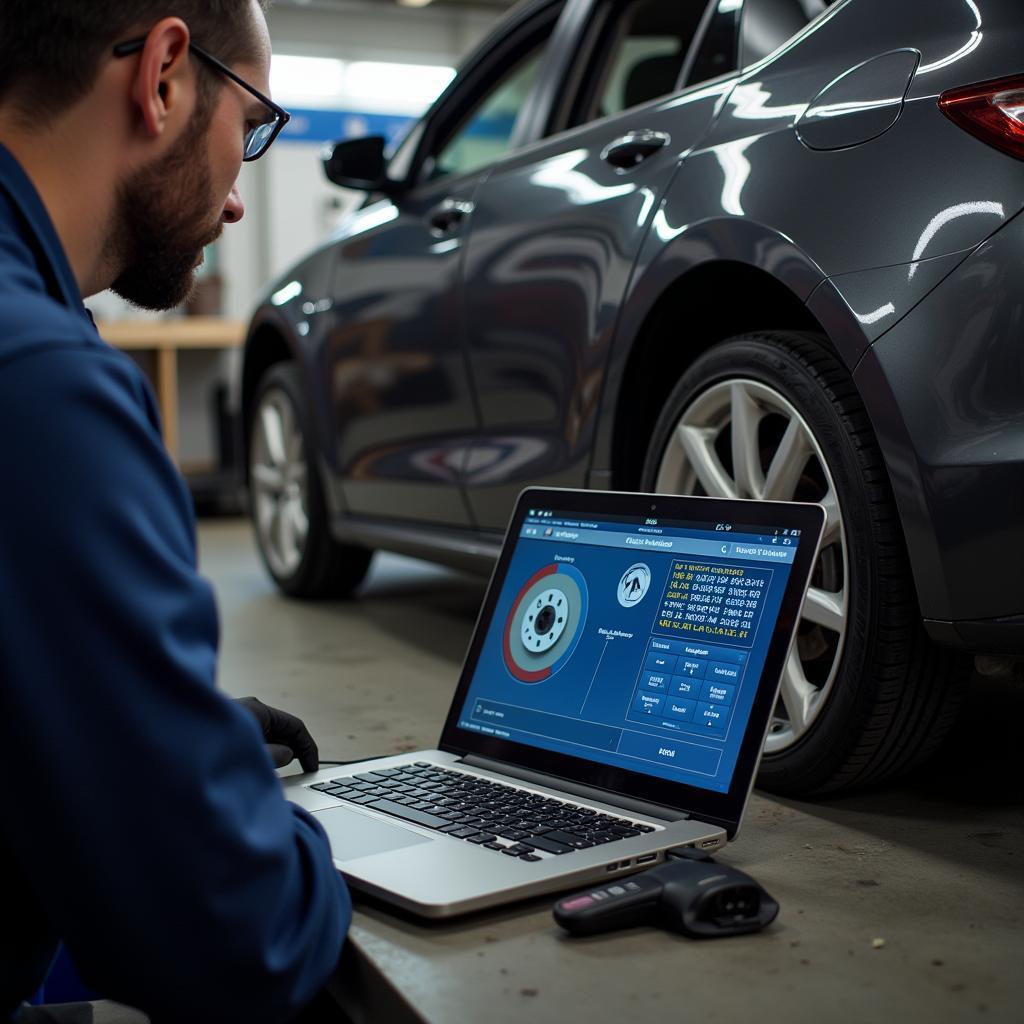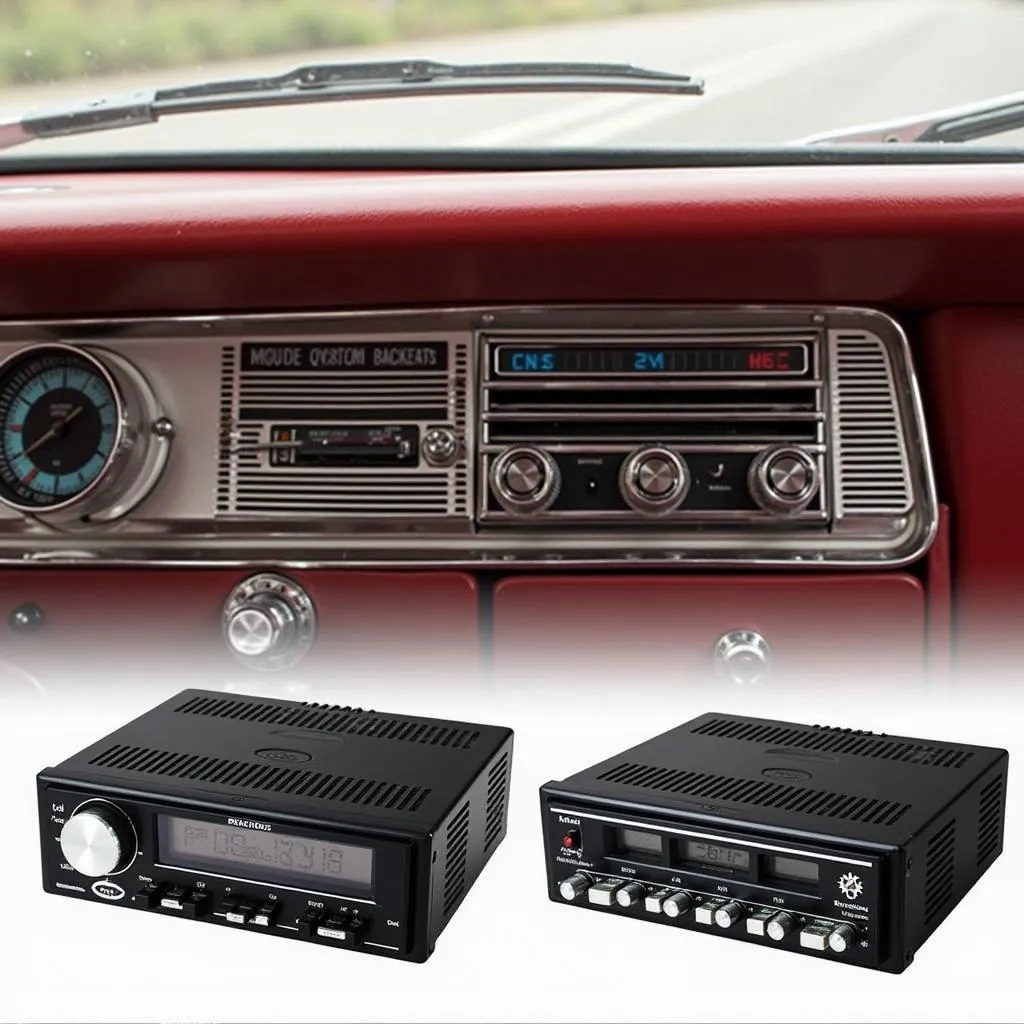The dreaded brake pad warning light on your BMW dashboard. Seeing it illuminated can cause a mix of concern and confusion. What does it mean? Is it safe to drive? This article provides a comprehensive guide to understanding the BMW brake pad warning light and the steps you should take when it turns on.
What Triggers the Brake Pad Warning Light on a BMW?
Your BMW is equipped with a sophisticated sensor system designed to monitor the condition of your brake pads. When the brake pad material wears down to a predetermined level, the sensor triggers the warning light on your dashboard.
This system ensures you’re alerted to potential brake issues before they become serious safety hazards.
Common Reasons for the Brake Pad Warning Light
While worn brake pads are the most common reason for the warning light, other factors can contribute:
- Worn Brake Pad Sensors: Like any car part, the sensors themselves can wear out or become damaged, leading to a false warning light.
- Electrical Issues: Problems with the wiring or electrical connectors in the braking system can also trigger the light.
- Brake Fluid Level: Low brake fluid can activate the warning light. It’s crucial to check your brake fluid level regularly.
Is It Safe to Drive with the Brake Pad Warning Light On?
Driving with the brake pad warning light illuminated is not advisable. While you might still have some braking power, continuing to drive will compromise your safety and could lead to more extensive damage.
What to Do When the Brake Pad Warning Light Comes On
- Reduce Speed and Drive Cautiously: If the light comes on while driving, find a safe place to pull over as soon as possible.
- Check Your Brake Fluid: Ensure your brake fluid level is at the appropriate level. If it’s low, adding brake fluid might temporarily resolve the issue, but you should still have your brakes inspected by a professional.
- Schedule an Inspection: Contact a qualified mechanic specializing in BMWs to diagnose the issue. They can determine if your brake pads need replacement or if another problem exists.
How Often Should I Replace My BMW Brake Pads?
Brake pad lifespan varies depending on driving conditions and habits. As a general rule, it’s recommended to have your brake pads inspected every 10,000 miles.
“Regular brake inspections are essential for maintaining optimal safety,” advises Jake Miller, Senior BMW Technician at Munich Motors. “Don’t wait for the warning light – proactive maintenance can save you headaches and ensure your brakes are always in top condition.”
Resetting the Brake Pad Warning Light
After replacing your brake pads (and potentially the sensors), the warning light will need to be reset. This procedure often requires a specialized BMW diagnostic tool. While some online guides suggest DIY reset methods, it’s best to consult a professional to avoid potential complications.
2013 audi a6 brake pad warning light
Ignoring the Warning Light Can Be Costly
Addressing brake pad issues promptly can save you money and potential danger. Ignoring the warning light can lead to:
- Rotor Damage: Worn brake pads can damage the brake rotors, requiring more expensive repairs.
- Brake Failure: Driving with severely worn brake pads increases the risk of brake failure, putting you and others at risk.
Conclusion
Don’t ignore the brake pad warning light on your BMW. It’s a crucial safety feature designed to alert you to potential brake problems. Addressing the issue promptly by having your vehicle inspected by a qualified BMW specialist will ensure your safety on the road and prevent potentially costly repairs down the line.


